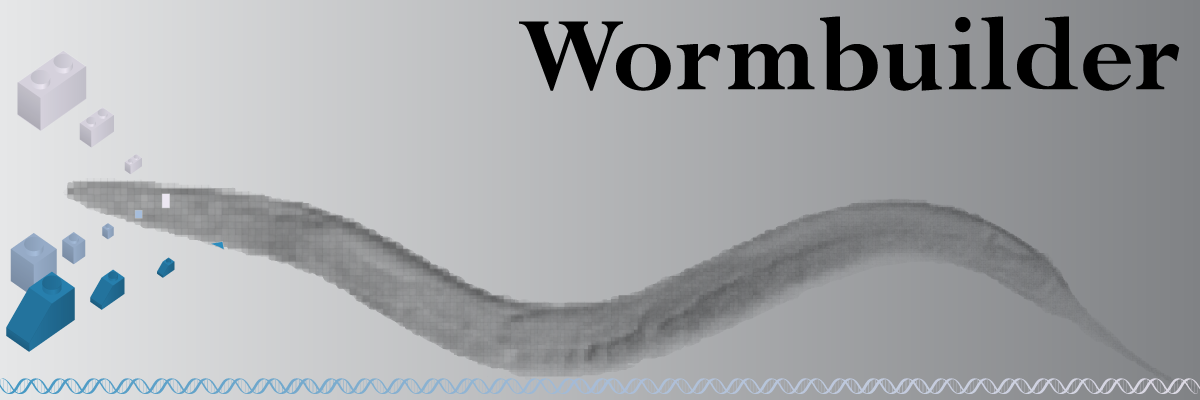Several labs have developed antibiotic selection markers that are very useful for transgenesis (see below). We’ve modified the selection protocols for efficient selection for miniMos insertions. The large advantage of the antibiotic selection markers is that: 1) they can be used in any genetic background and 2) insertions can be followed in subsequent crosses by adding antibiotics to plates. A disadvantage of the antibiotic selection markers is that it is harder to identify homozygous insertions in the absence of relatively bright fluorescence because non-resistant worms are hard to identify on plates with antibiotics.
We find that adding 500 ul of an antibiotic stock solution to NGM plates already seeded with bacteria is easier than pouring NGM plates with antibiotics and this protocol takes a lot of the planning out of experiments. In our hands the selection is still very efficient and equivalent to unc-119 selection. The selection works best on growing populations of worms and not very well on starved populations. Adult worms without the resistance transgene generally survive several days so injected worms can be placed directly onto plates with the antibiotic selection or the antibiotic can be added 1-2 days after injection. In our hands, Neomycin (G418) and hygromycin selection works faster and is slightly more efficient compared to puromycin selection.
| Selection | Drug name | Stock concentration | Approx. cost per plate |
|---|---|---|---|
| NeoR | G418 | 25 mg/ml | $ 0.15 |
| PuroR | Puromycin | 10 mg/ml + 0.1% Triton100 | $ 1.75 |
| HygroR | Hygromycin B | 4 mg/ml | $ 0.12 |
| BSD | Blasticidin S | ? | ? |
We buy antibiotics from GoldBio Technology and the price estimate is based on their list prices.
Protocol
1) Make stock solution of antibiotic selection from powder.
Filter sterilize stock to avoid contamination. Store stock in refrigerator for daily use and in -20ºC freezer for long term storage.
2) Add 500 ul of stock solution to seeded NGM plates and let plates air dry.
Store plates at room temperature if used within a week. Store in cold room if used within a month. Our small NGM plates (5 cm plates) contain 8 ml of NGM. Adjust volume of antibiotic if your plates are much heavier or lighter.
References
Neomycin selection: Giordano-Santini et al. (Dupuy lab). An antiobiotic selection marker for nematode transgenesis. Nature Methods (2010). Pubmed.
Puromycin selection: Semple et al. (Lehner lab). Rapid selection of transgenic C. elegans using antibiotic resistance. Pubmed.
Hygromycin selection: Radman et al. (Chin lab). Efficient and rapid C. elegans transgenesis by bombardment and hygromycin B selection. Pubmed.
Blasticidin selection: Kim et al. (Mello lab). A Co-CRISPR Strategy for Efficient Genome Editing in C. elegans. Pubmed.
